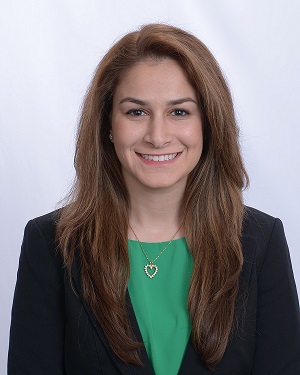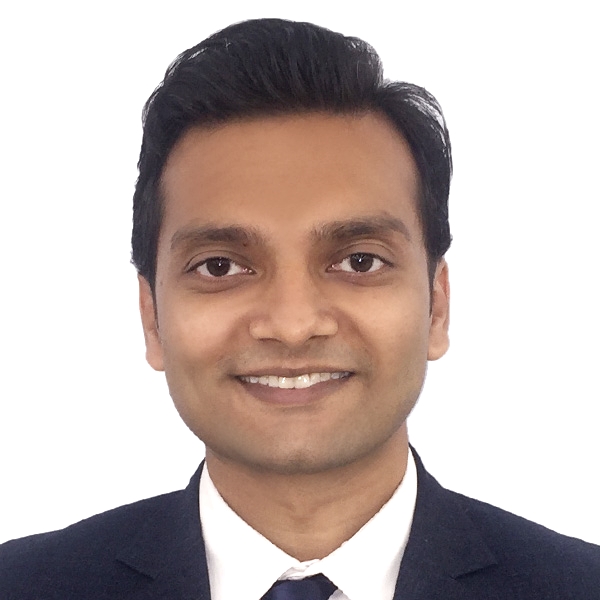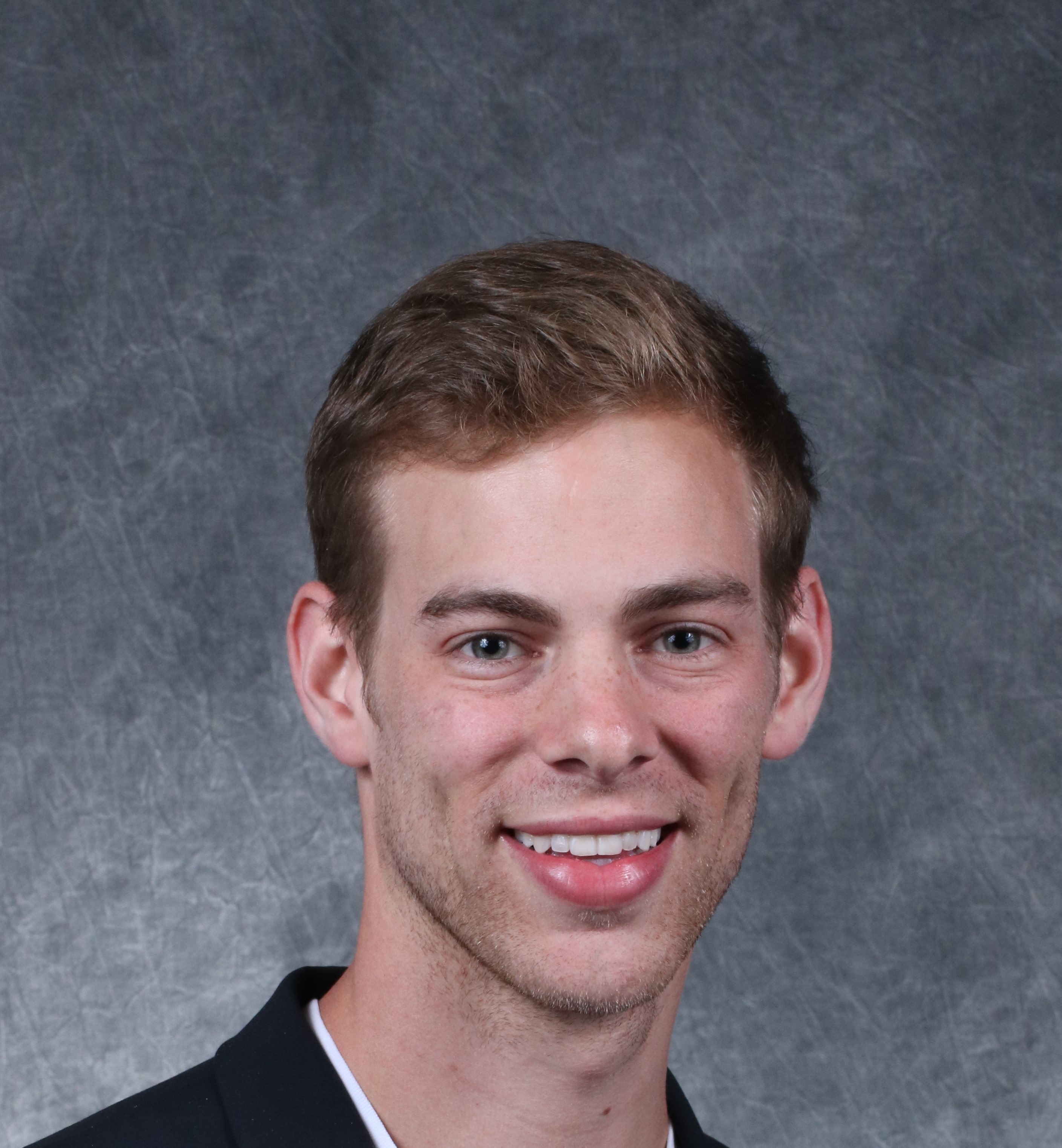As the primary objective of NESO’s formal Mission Statement is to “Encourage and Sponsor Research”, NESO awards up to three annual monetary grants of $4,000. We received many excellent proposals this year and, after a thorough committee review, the following residents have been chosen for sponsorship!
 |
Dr. Suzzane Horani: A Retrospective Evaluation of the Change in Oropharyngeal Airway Dimensions Following Non-extraction Clear Aligner Therapy in Adult Patients with Mild to Moderate Crowding |
This study focuses on retrospectively evaluating the change in oropharyngeal airway dimensions following non-extraction clear aligner therapy in adult patients with mild to moderate crowding. Changes in airway volume and cross-sectional area following CAT in adult patients using cone beam computed tomography (CBCT) will be studied. Another purpose includes the comparison of change in airway area (measured on lateral cephalometric radiographs) between non-extraction CAT adult patients and age and gender-matched untreated controls. The final purpose is to assess the change in maxillary intermolar width following non-extraction CAT in adult patients; and correlate it with the change in airway volume.
 |
Dr. Shivam Mehta: Effects of Alendronate Treatment on the Rate of Orthodontic Tooth Movement in Osteogenesis Imperfecta |
There is an unmet need to understand the role of bisphosphonates play in Orthodontic Tooth Movement (OTM) and root resorption in an OI mice model. The proposed work will be carried out with the aim to characterize the alveolar bone modeling/remodeling and in vivo quantification of the OTM and orthodontically-induced root resorption in an OI mice model with and without alendronate. Overall, we anticipate that this proposal will help us understand the role of Alendronate in OTM in an OI mice model and will generate significant scientific interest, greatly improve quality of life of the patients, and substantially reduce the healthcare burden.
 |
Dr. Lucas Shapiro: 3D mechanical stimulation of periodontal tissue engineering on GelMA hydrogel |
The Yelick Lab collaborated with a group at the Massachusetts Institute of Technology (MIT) to design and fabricate a device that can provide cyclic mechanical loading of defined force, to mimic the physiological stimulus of chewing to in vitro cultured 3D cell-encapsulated human dental pulp stem cell constructs. Here, we hypothesize that the 3D mechanical stimulations will promote the formation of bioengineered periodontal ligament tissue on gelatin methacryloyl (GelMA) hydrogel. The GelMA hydrogel, as a scaffold, closely resembles extracellular matrix due to the presence of matrix metalloproteinase to which cells can attach and proliferate.
